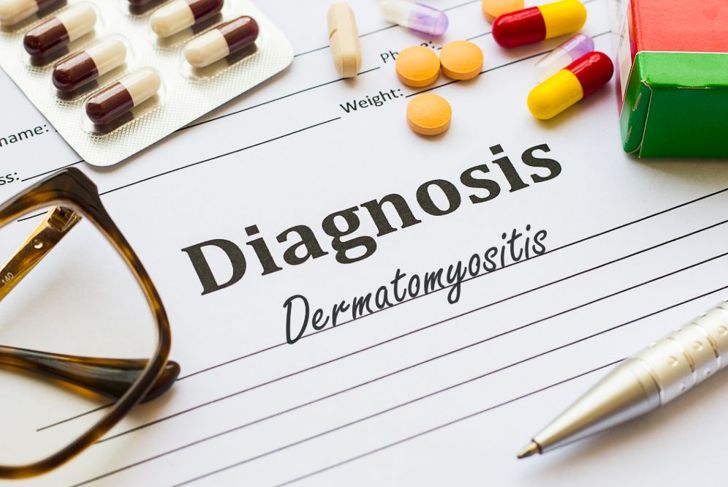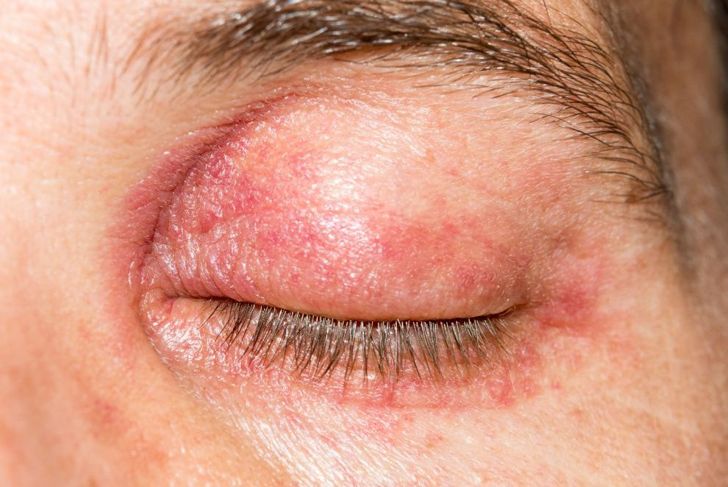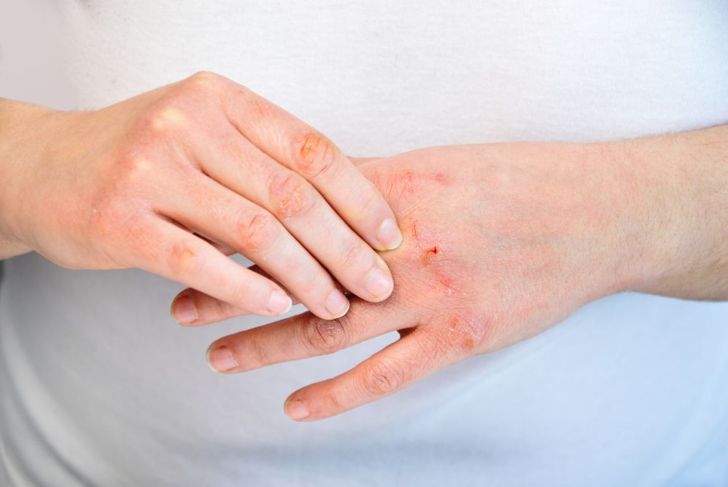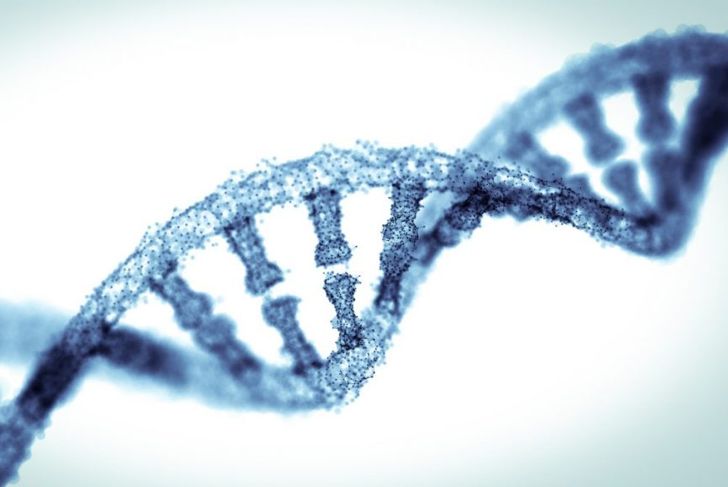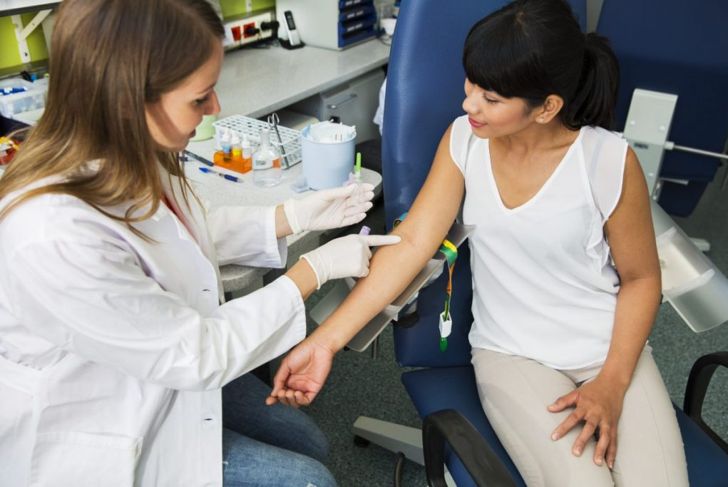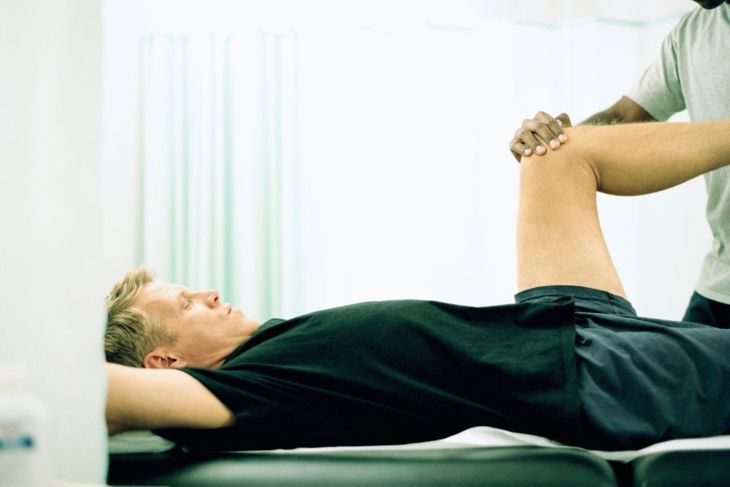Dermatomyositis is an uncommon condition that affects adults and children. It is a type of inflammatory myopathy characterized by chronic weakness due to muscle inflammation. While the cause of dermatomyositis is unknown, and there is no cure, the symptoms can be treated successfully in most cases.
Muscle Abnormalities
Muscle abnormalities in dermatomyositis start with mild aches and pains in the proximal muscles — those closest to the trunk — such as the upper arms, hips, thighs, and the torso itself. These muscles feel sore and stiff and, eventually, begin to break down. People with dermatomyositis find simple tasks, including swallowing, talking, and walking upstairs, increasingly difficult.
Heliotrope Rash
Some skin abnormalities relate to dermatomyositis, but the most recognizable one is a heliotrope rash. This distinct rash appears as a reddish-purple butterfly shape that covers the upper eyelids, extends over the bridge of the nose, and spreads onto the cheeks. It is one of the hallmark features of dermatomyositis.
Other Characteristics
Other skin abnormalities occur with dermatomyositis. The reddish-purple rash can develop on the back, chest, knees, elbows, and other extensor areas on the outside of a joint. Gottron papules are common: small, bumpy rashes that appear across the back of the knuckles. Some people develop swelling around the eyes.
Childhood Versus Adult Onset
Childhood and adult-onset dermatomyositis are similar, but symptoms appear more suddenly in children, and they are also more likely to develop muscle calcifications. These firm nodules usually develop over bony areas within the first few years after diagnosis but can appear up to twenty years later. Children are also more likely to experience digestive issues as a result of dermatomyositis, including abdominal pain, constipation, and gastrointestinal bleeding.
Genetics
The underlying cause of dermatomyositis is unknown, though evidence suggests there may genetic and immune mechanisms may be involved. Researchers theorize that the body’s immune defenses attack healthy tissue, leading to inflammatory changes in the connective tissue and blood supply to the muscles. This causes muscle atrophy and thinning of the outer layer of the skin.
Other Potential Causes
Other research suggests that dermatomyositis can result from infections such as HIV, Coxsackie virus, and parvovirus, particularly in people with a genetic predisposition to the condition. Experts also believe environmental factors play a role in juvenile dermatomyositis when the onset or exacerbation occurs during allergy season.
Diagnosis
Diagnosis of dermatomyositis involves a clinical exam and patient history. The characteristic skin rash is a telling symptom. Specialized tests can evaluate the electrical activity in the muscles, and blood tests look for elevated muscle enzymes that cause muscle breakdown. Muscle biopsies can also determine the extent of muscle degeneration.
Medication
Medications treat the effects of dermatomyositis but do not eliminate it. Corticosteroids control symptoms quickly but are not a long-term fix as they have serious side effects. Sometimes, corticosteroids used in conjunction with corticosteroid-sparing medications can decrease these side effects. Antimalarial medications might help with a persistent rash, and doctors recommend sunscreen to protect the skin from further damage.
Therapy and Other Treatments
Other therapies can further help in treating the symptoms of dermatomyositis. Physical therapy helps maintain and improve strength and flexibility while speech therapy teaches how to compensate for changes in the throat muscles. When chewing and swallowing becomes too difficult, dieticians can help patients find suitable foods. Another treatment option is intravenous immunoglobulin (IVIg), a blood product that contains healthy antibodies that can block the effects of dermatomyositis. IVIg is expensive and has to be repeated regularly for continuing benefits.
Prognosis
The symptoms of dermatomyositis respond well to therapy. Sometimes, a child’s symptoms completely disappear after appropriate treatment. In adults, therapies improve quality of life, but symptoms typically do not go away. Complications of dermatomyositis, especially in adults, include lung failure, pneumonia, and malnutrition. Cases with heart or lung involvement have the worst outcomes.

 Home
Home Health
Health Diet & Nutrition
Diet & Nutrition Living Well
Living Well More
More